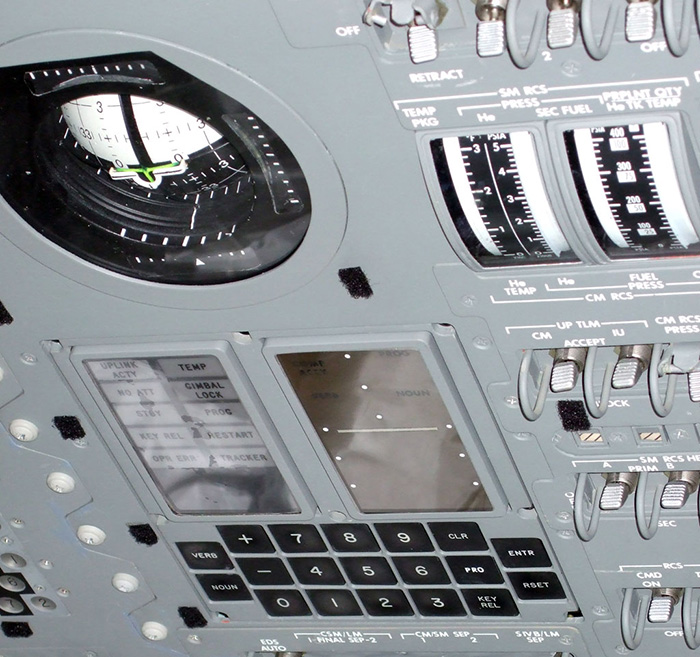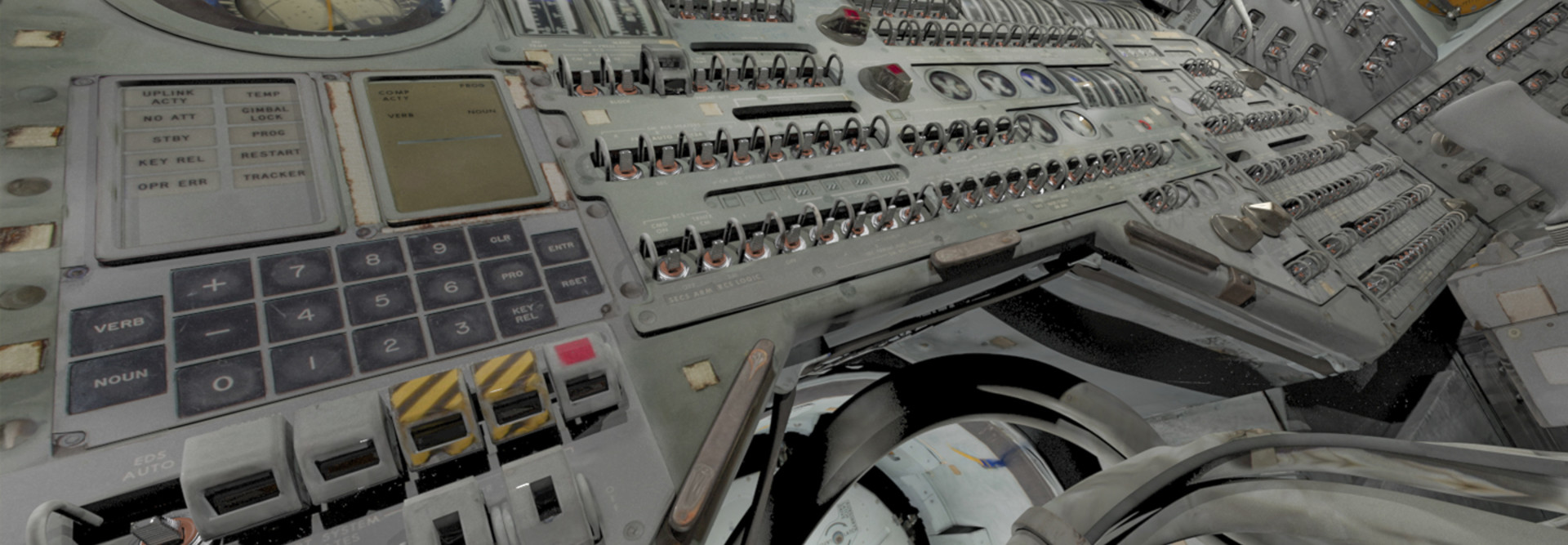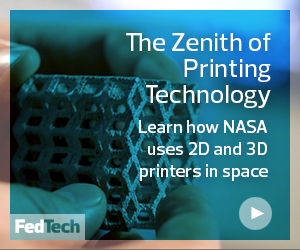The Marvel That Was the Apollo Guidance Computer
The Apollo program, into which billions of dollars were poured, was perhaps the government program that almost single-handedly kickstarted the semiconductor market.
The program “became the first and single largest consumer of the semiconductor chips, buying a million or more of them, some 60% of all the integrated circuits produced in the U.S. between 1962 and 1967,” according to The Wall Street Journal.
The Apollo Guidance Computer, in both its guises — one on board the core spacecraft, and the other on the lunar module — was a triumph of engineering. Computers had been the size of rooms and filled with vacuum tubes, and if the Apollo computer, at 70 pounds, was not exactly miniature yet, it began “the transition between people bragging about how big their computers are … and bragging about how small their computers are,” the MIT aerospace and computing historian David Mindell once joked in a lecture.
That processing power proved critical. Without it, Armstrong, Aldrin and fellow Apollo 11 astronaut Michael Collins could not have guided their command and service module through space or the lunar module down to the moon’s surface.
The AGC, was, as the Journal reports, “the first digital general-purpose, multitasking, interactive portable computer” and without it, and the software behind it, the Apollo 11 moon mission would have failed.

The DSKY-Unit of the Apollo Guidance Computer (AGC) mounted on the control panel of the command module. eigene Arbeit/Wikimedia Commons











